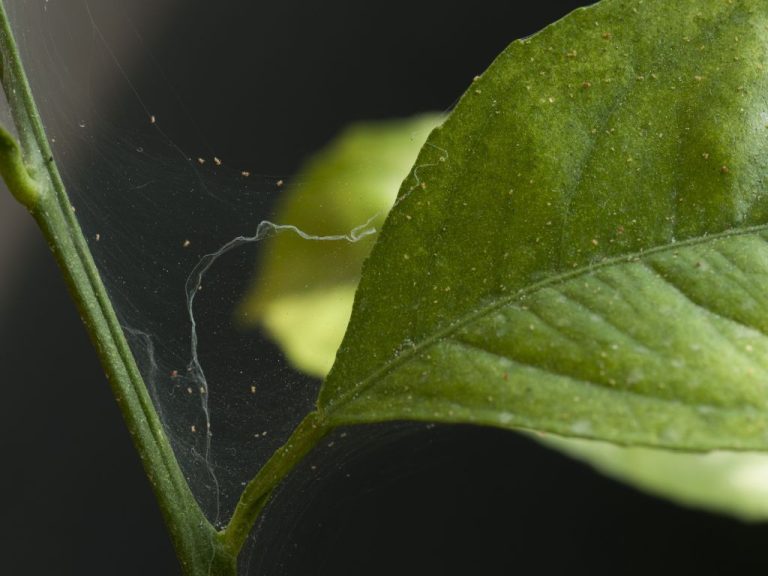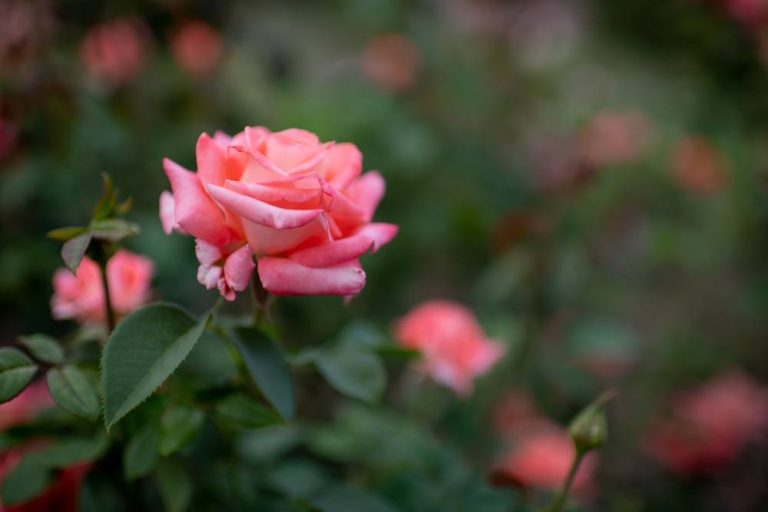Are Stink Bugs Bad for Your Garden? Learn How to Protect Your Plants
The term “stink bug” refers to a family of insects that uses offensive odor to defend against predators. These pests come in several thousand different species, all of which have the same defense against predators.
Stink bugs are sometimes mistaken for squash bugs and don’t care as much about the plants they harm. Are stink bugs bad for garden? They consume a variety of garden favorites, including squash, beans, peppers, and tomatoes. Additionally, some spread plant diseases.
How to identify stink bugs?
Stink bugs are colorful, unique insects that are typically simple to recognize. They are shield-shaped, 1/4 to 1 inch long, and approximately half that wide. On their back, they have a triangular-shaped horny scale. Additionally, as their name suggests, many stink bugs emit an unpleasant odor when disturbed.
They possess lengthy, sucking mouthpieces that are held between the legs and under their bodies. There are over 4700 species and 900 genera in the Pentatomidae family, which includes these garden pests. The majority of pest species are green, brown, gray, or yellow, with some also having red or yellow markings. Some of their host plants include cabbage, blackberries other members of the mustard family, eggplant, maize, tomatoes, soybeans, beans, and trees such as apples, cherries, and peaches.
Additionally, stink bugs can be discovered on beautiful plants, including columbine, snapdragon, and sunflower. In the southern United States, the harlequin bug, Murgantia histrionica, a type of stink bug with red and black spots, is a significant pest of crops in the mustard family. Acrosternum hilare, a green stink insect, and Euschistus spp., a brown stink bug, can be economically significant in soybean fields mostly by lowering the quality and quantity of seed.
Are Stink Bugs Bad For Garden Your Plants?
Types of Stink Bugs
Common types of stink bugs include:
Brown stink bug
They are light brown in the nymph stage of the brown stink bug. As they grow, they develop a yellow-brown color. Stink bugs do not have abdominal spines as adults. As a result, they have shoulders that are rounded. Brown stink bugs, which are only half an inch long, primarily eat young maize.
Brown Marmorated Stink Bug

Brown marmorated stink bugs feature distinctive dark heads during the nymph stage and their orange, red, and black striped abdomens. The bugs eventually mature and turn brown-gray. They may also be identified by their antennae, which also have a white underside, and by the white bands that are on their legs, spines, and legs.
As well as on the margins of their shoulders, their spines are located in front of their crimson eyes. Brown marmorated stink bugs prefer the following types of crops: such as tomatoes, peaches, hazelnuts, apples, soybean, corn, and other unprocessed crops
Green stink bug

Green stink bugs look green and orange in their early growth stages. Their bodies get green, and their antennae turn black as they mature into fully developed adults. Green stink bugs can reach a length of two centimeters. These insects might be found eating soybeans.
Spined soldier bug
One of the most recognizable stink bugs is the spined soldier bug. This bug is a predator. It has a dark red body in its early stages of development, with white strips appearing on the abdomen later. Between its legs, there is a clear abdominal spine.
Red Shouldered stink bug
The red-shouldered stink insect has a pink-striped triangular-shaped back. Additionally, adults are spineless and green.
Stink Bug Life Cycle
Adult stink bugs overwinter in protective habitats such as dead weeds, leaf litter, or tree bark. On the underside of leaves, the female produces clusters of eggs in the early summer. With a round cap, these eggs have a barrel or keg shape.
The eggs develop into wingless nymphs that look like little stink bugs but may not be exactly like the adults in terms of color. Before getting wings and becoming adults, the nymphs go through a number of molts. The number of generations every year is determined by the species.
Are Stink Bugs Harmful To Plants?
The distinctive odor is produced by glands on the thorax, which some have compared to the stench of rotting cilantro. It can be annoying for gardeners to deal with, especially if it’s discovered in groups, on the ground, or on the sides of trees. It is discharged as a protective strategy. Stink bugs are not always dangerous.
Predators like the Florida predatory stink bug ravenously consume insects that feed on sap. Unless you know the unique coloration of many species, predators are difficult to identify from hazardous types. Long, needle-like proboscis is characteristic of harmful, vegetative feeders. Predators have a longer, thicker proboscis and eat a range of insect pests. They are not fussy, just like their sap-sucking cousins.
How to Get Rid of Stink Bugs In The Garden

1. Keep the yard neat
To prevent an area from being used as an overwintering location, keep the areas around gardens free of tall grass, brambles, downed limbs, and other natural debris.
Keep the garden and its surrounds clean and debris-free. Removing any weeds or overgrowth in the area is one of the first steps you should take to get rid of stink bugs because they frequently hide in these areas. Remove any hiding spots, such as old timbers, logs, etc.
2. Make Use of Good Organic Practices
Plants are more able to withstand harm from stink bugs when excellent organic practices are employed, such as compost applications, soil building, supporting beneficial bacteria and other soil life, providing habitat for beneficial creatures like birds, and managing nutrients and moisture in a balanced manner.
3. Any Potential Entryways Should Be Sealed or Closed
There are methods you can do to keep stink bugs from getting inside your home if they are a problem. Make sure that every window and door has screens on it or is closed. Several individuals have also had success wiping dryer sheets on their window screens to deter these bugs—the more fragrant, the better.
Because they are attracted to light, closing shades or blinds at night may be beneficial. Caulking should be used to seal any gaps or cracks. Insect-repellent application near entryways may also help keep these pests away.
4. Utilize Organic Repellents In Your Garden
As a stink bug management method, you might wish to try spraying your garden plants with a kaolin clay (mineral clay) solution as these pests eat and lay their eggs there. As a result, the bugs are unable to eat plants or lay eggs (since they will not attach). Furthermore, it is simple to wash and safe for plants, especially edible ones.
To attract and repel stinkbugs, you may also utilize pheromone sprays outside your home’s perimeter. Of course, this is simply a temporary solution. Sprays made of cedar may help keep these pests away from the house.
5. Make Use of Beneficial Insects
Pentatomidae will be wiped out by a variety of naturally occurring predatory insects, starting with the egg and larvae and ending with the adult. To ensure that these beneficial insects can contribute to your Integrated Pest Management (IPM) program, keep the grounds surrounding the garden free of pesticides.
It has been demonstrated that the Southern green stink bug can be controlled by the parasitic wasp Trissolcus basalis, which lays its eggs inside the pest’s eggs. Other helpful insects, such as ladybugs, lacewings, and minute pirate bugs, have been observed to feed on Pentatomidae during different phases of the pests’ life cycles.
6. Use Row Covers
Use row coverings to keep stink bugs out when you expect them, especially as harvest time approaches for your crops. Any insects that settle on the covers should be collected and diluted with water and soap in a container.
7. Pheromones and Traps
Another option is to set up a battery-operated light above a pan of soapy water in an attempt to catch the little bugs. Game over if they fall into the water at night since they will be drawn to the light. Many gardeners appear to believe that the efficiency of pheromone traps, which are widely accessible, is at best modest. These traps are said to release a scent that creepy crawlies find alluring.
8. Utilize a Vacuum
You might think about vacuuming the bugs to get rid of their noxious odor. Place the garbage bag in a trash container after securely sealing it.
9. Work with an Exterminator
Think about getting a qualified exterminator to fumigate your home. Pesticides are frequently ineffective at controlling stink bugs indoors. A knowledgeable exterminator might be able to advise you on the most efficient pesticide method for eliminating stink bugs. Additionally, spraying herbicides outside could be beneficial.
People Also Ask
Can stink bugs make you sick?
These insects hardly ever bite people and are not known to spread hazardous diseases or pathogens. However, they have a foul chemical scent, making some homeowners worry that they might be poisonous. Not to worry. The stink bug is not toxic.
Are stink bugs dangerous?
Although stink bugs are not known to bite people or cause property damage, care should be taken when handling them to prevent the emission of their foul smell. It can be rather inconvenient when they frequently break into homes.
What attracts stink bugs?
Stink bugs may enter your home through any cracks and openings because they are drawn to the warmth and protection it provides. Caulk should be used to seal cracks to keep pests out, and screens on windows and doors should also be checked for holes. Stink bugs are drawn to light and will enter your home.
What do stink bugs smell like?
This beetle has a pungent odor that has been compared to cilantro, as well as woody, oily, and burnt tire-like aromas. Some people describe the aroma as acridly sweet, ammonia-like, or similar to that of a skunk.
- 29 Bucket Gardening Ideas for a Lush, Compact Garden - October 30, 2024
- 20+ Chic Boho Bedroom Ideas for a Cozy and Stylish Retreat - June 20, 2024
- 12+ Modern Boho Living Room Ideas to Create a Unique Oasis - June 10, 2024







